Chasing Ghosts – bioGraphic / Eric Bendick (2019)
Orchids have a special place in plant biologists’ hearts. How can they not? They are the beetles (*) of the plant world. One in every five flowering plant species living today is an orchid. Although orchids are so diverse, they are also rather rare. Most people think of orchids as showy, vibrant and beautiful, but Gastrodia agnicellus, named in 2020 from a forest in Madagascar, is quite the opposite. The evolutionary alliance of orchids and their pollinators go as far […]


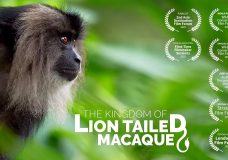

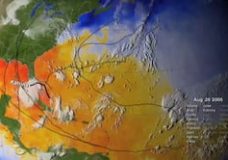
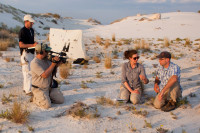
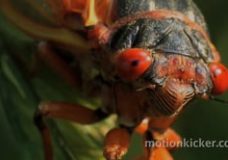

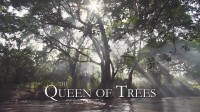

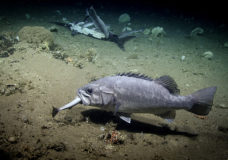
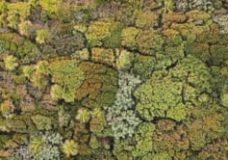
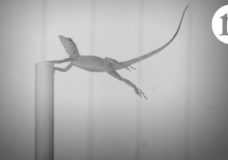

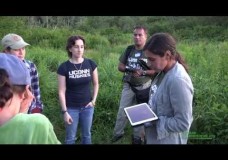
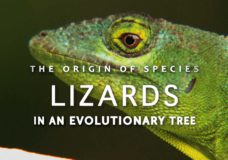

Recent Comments